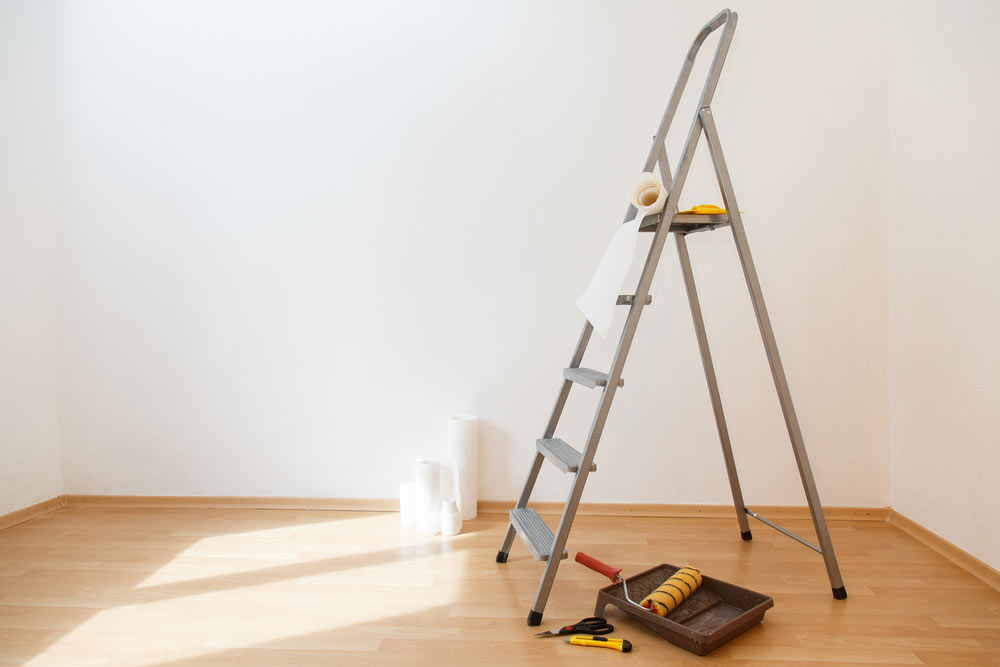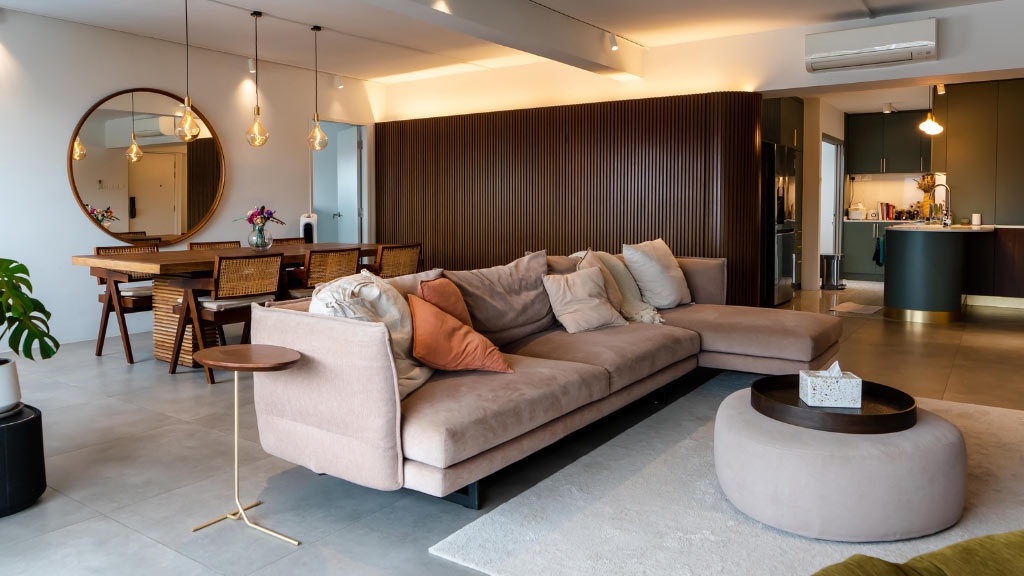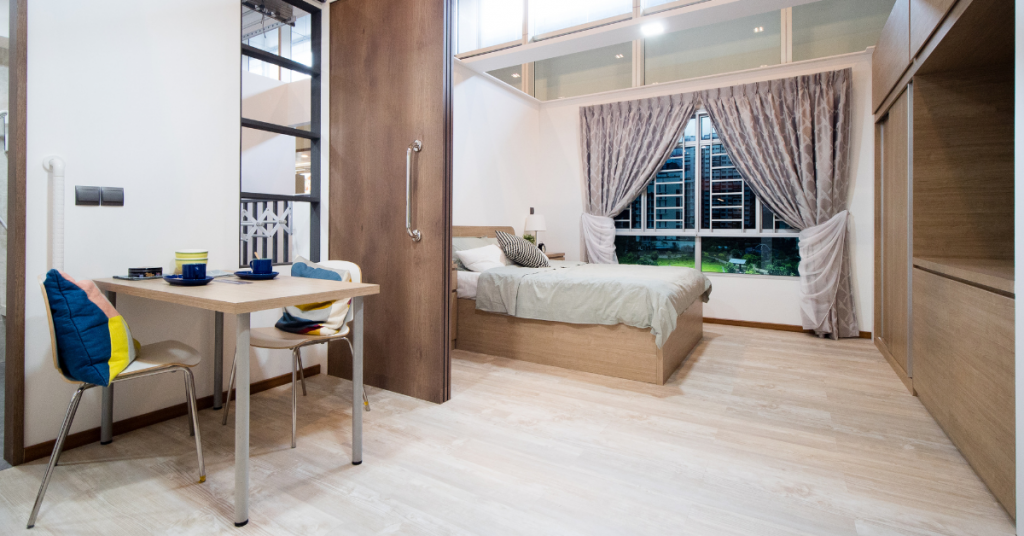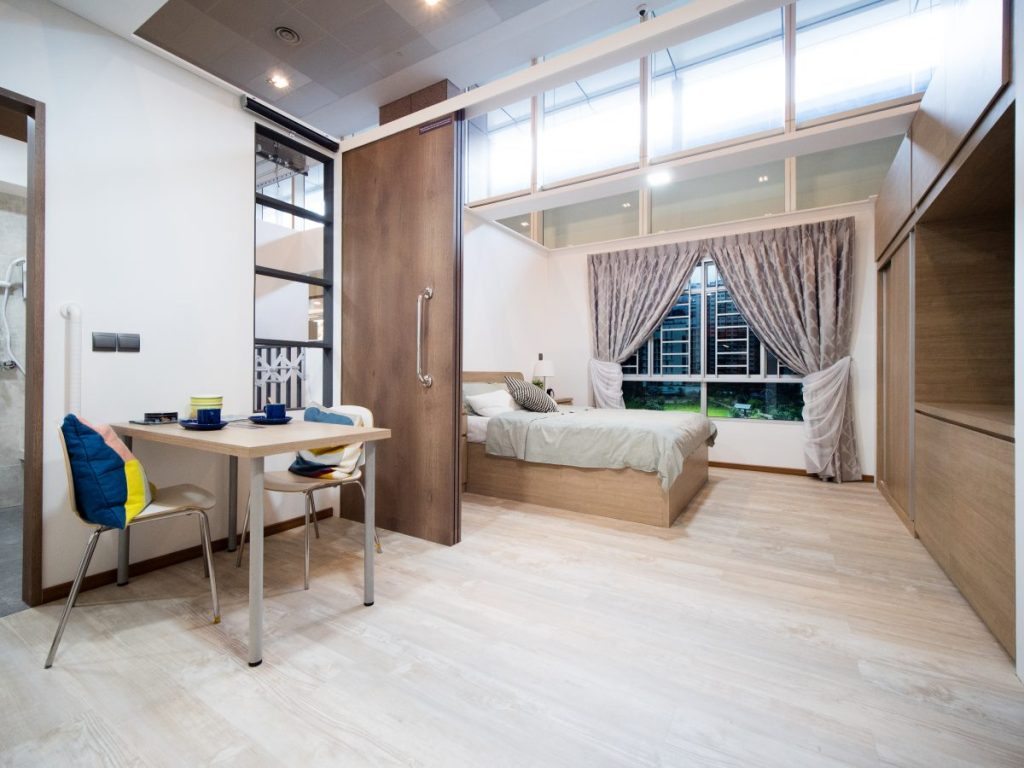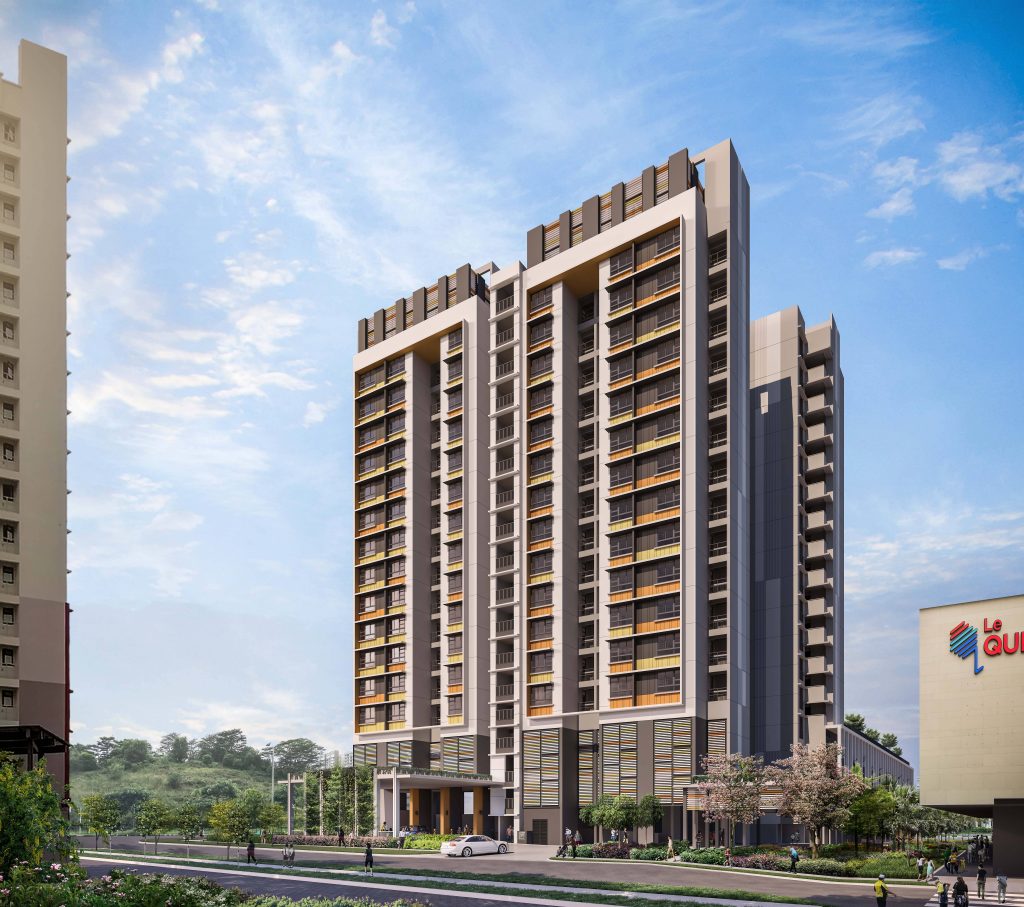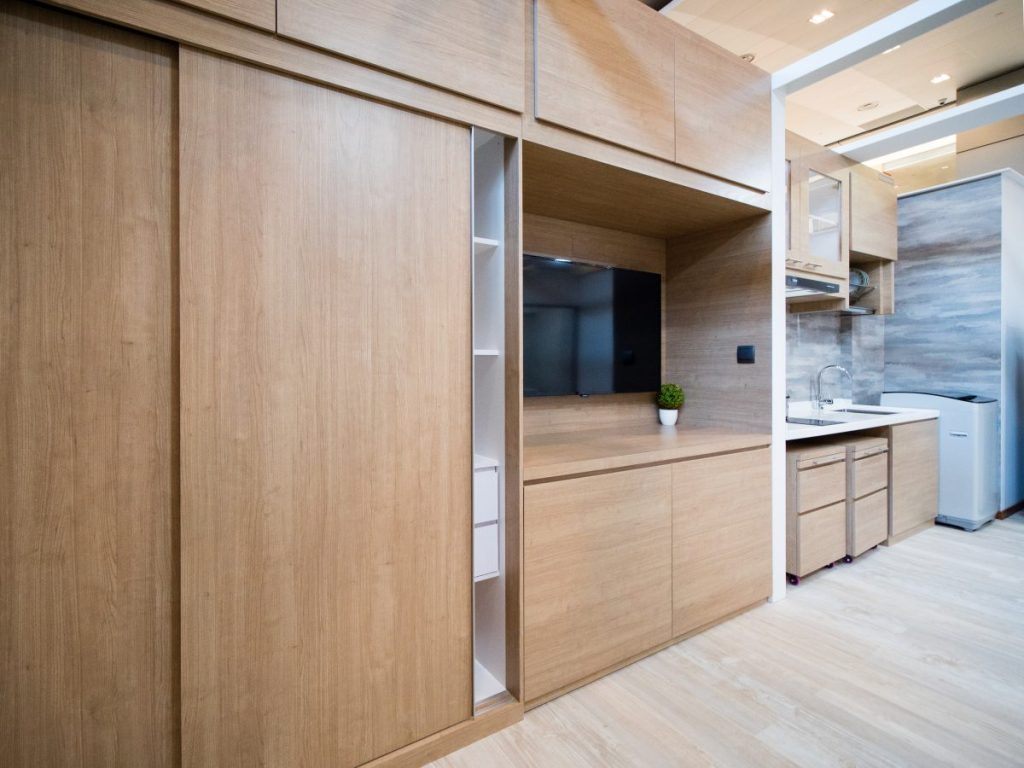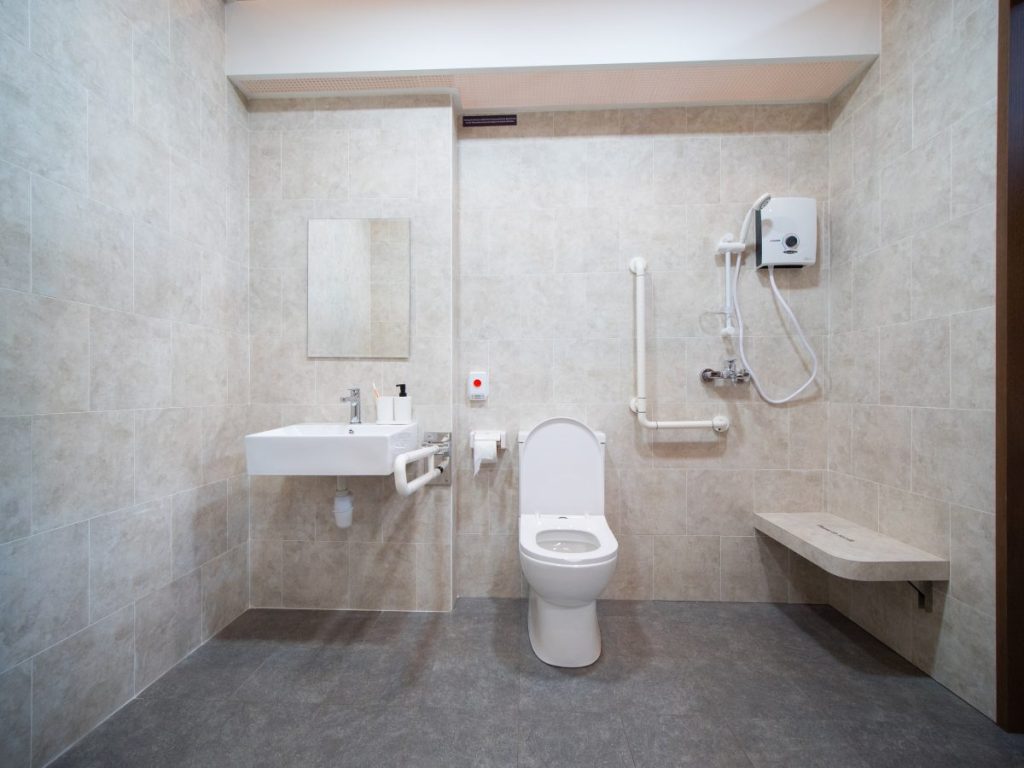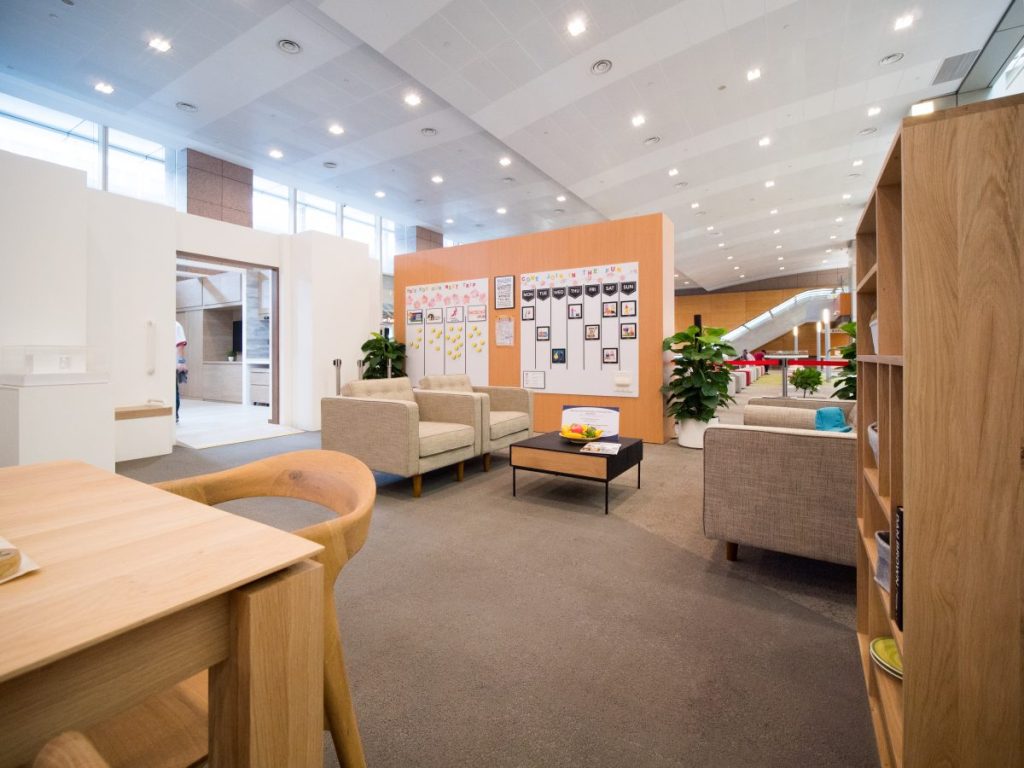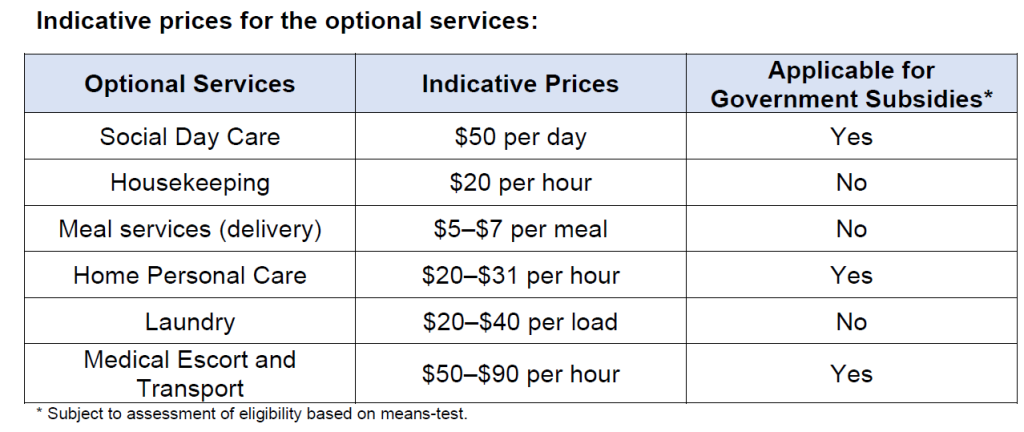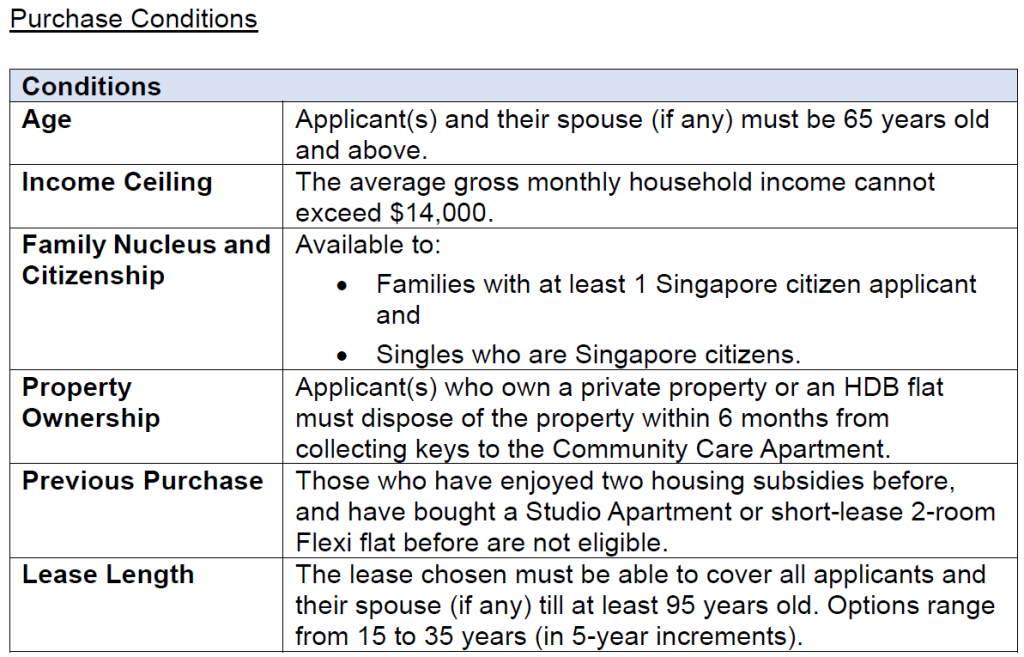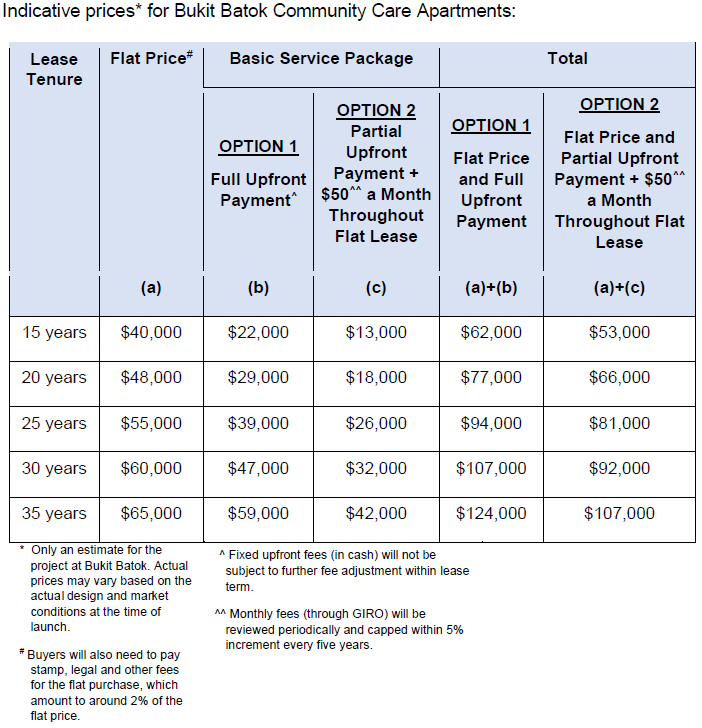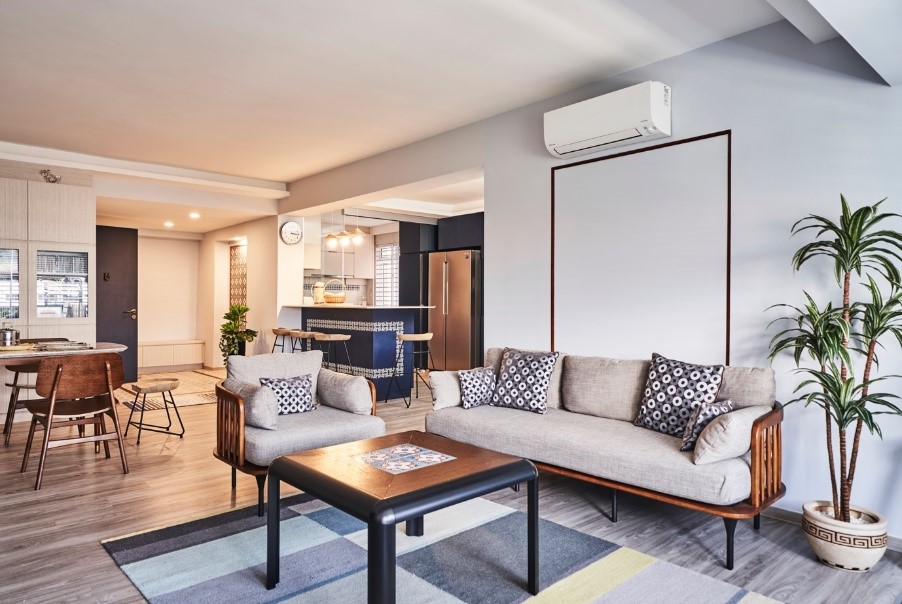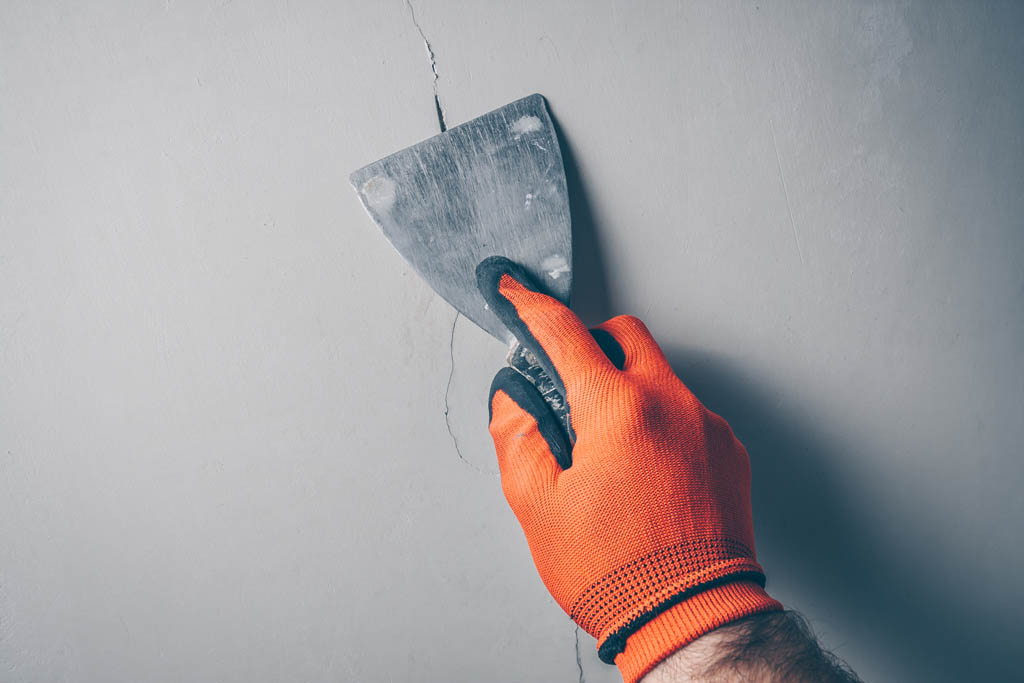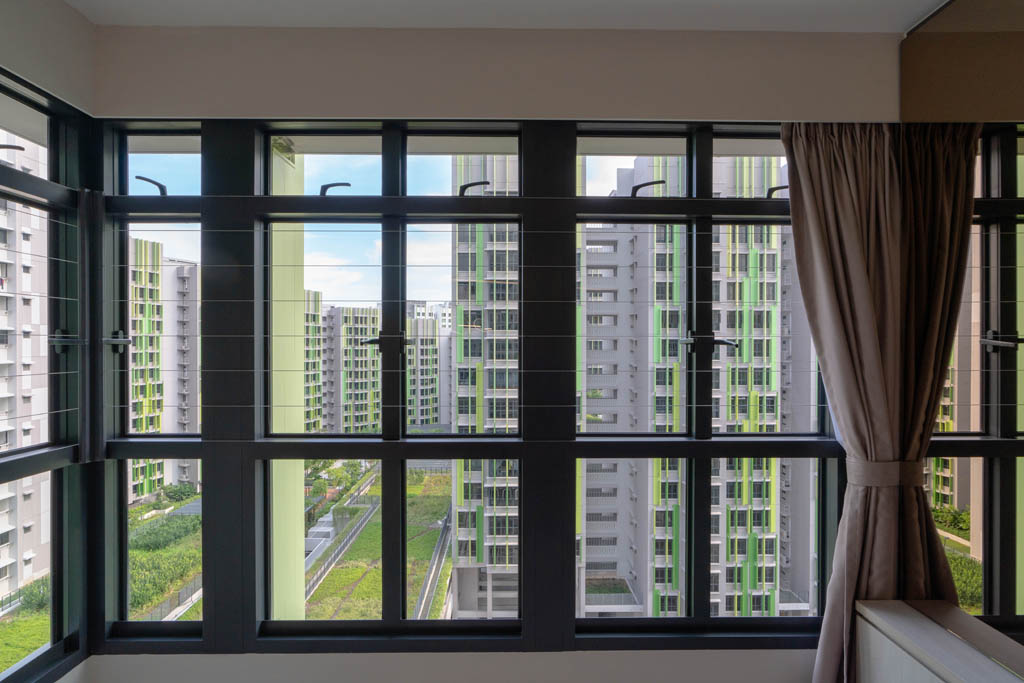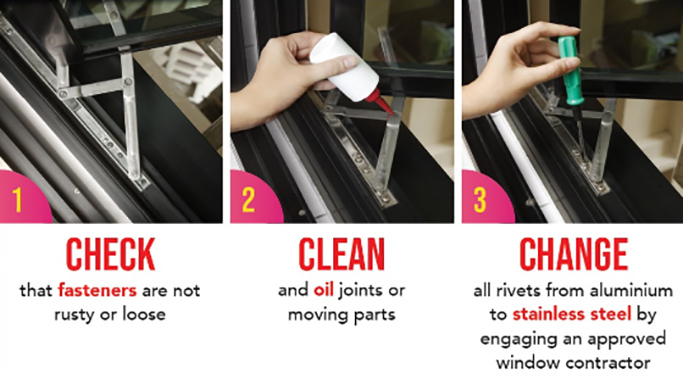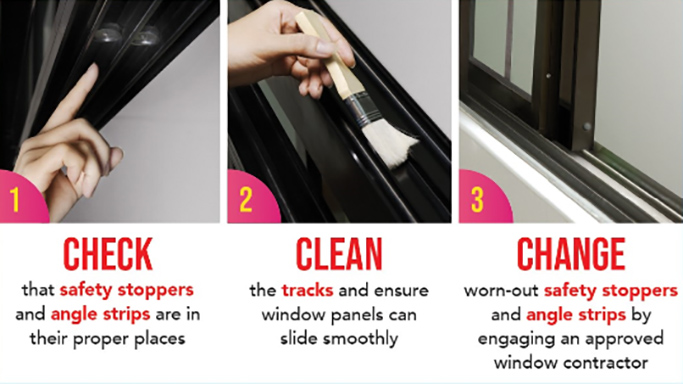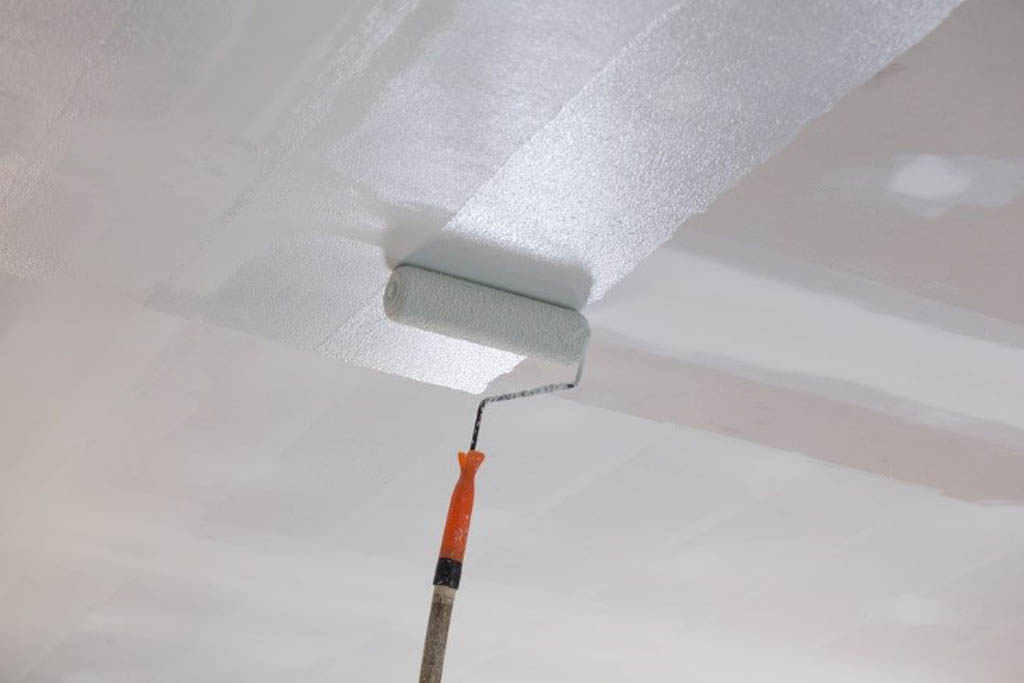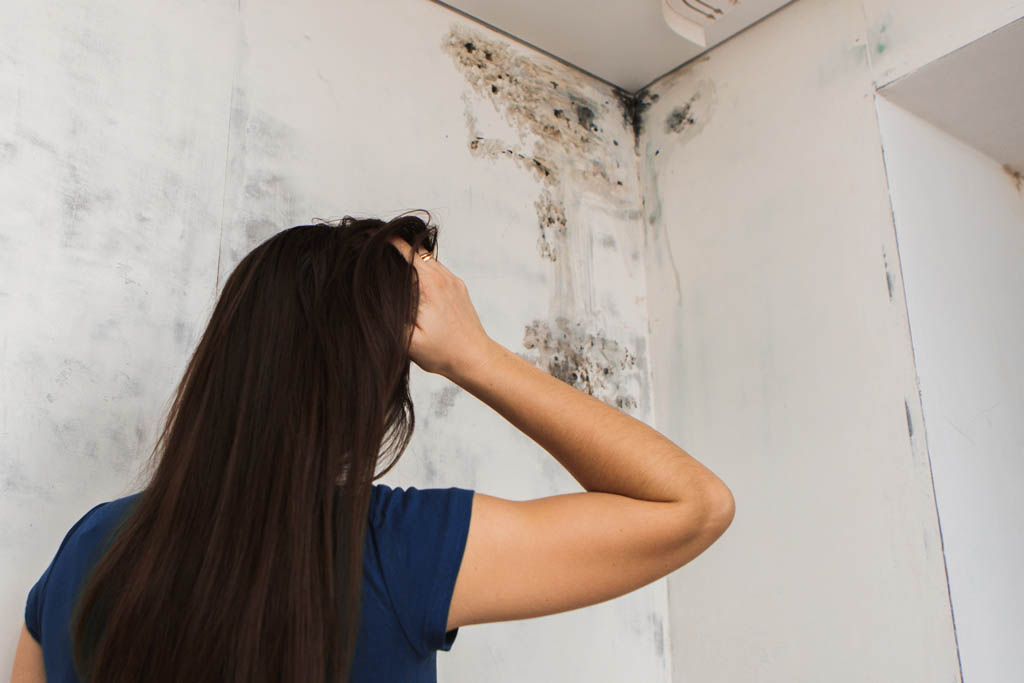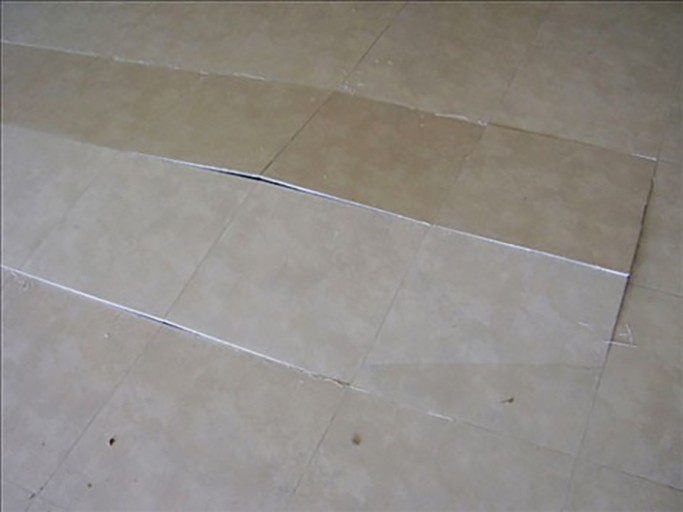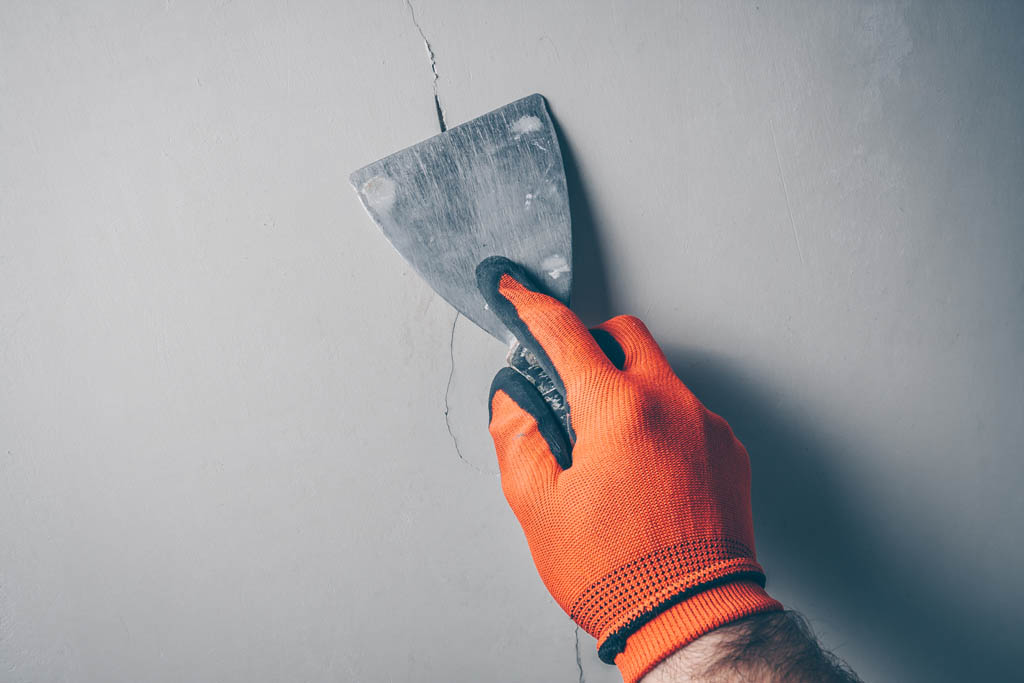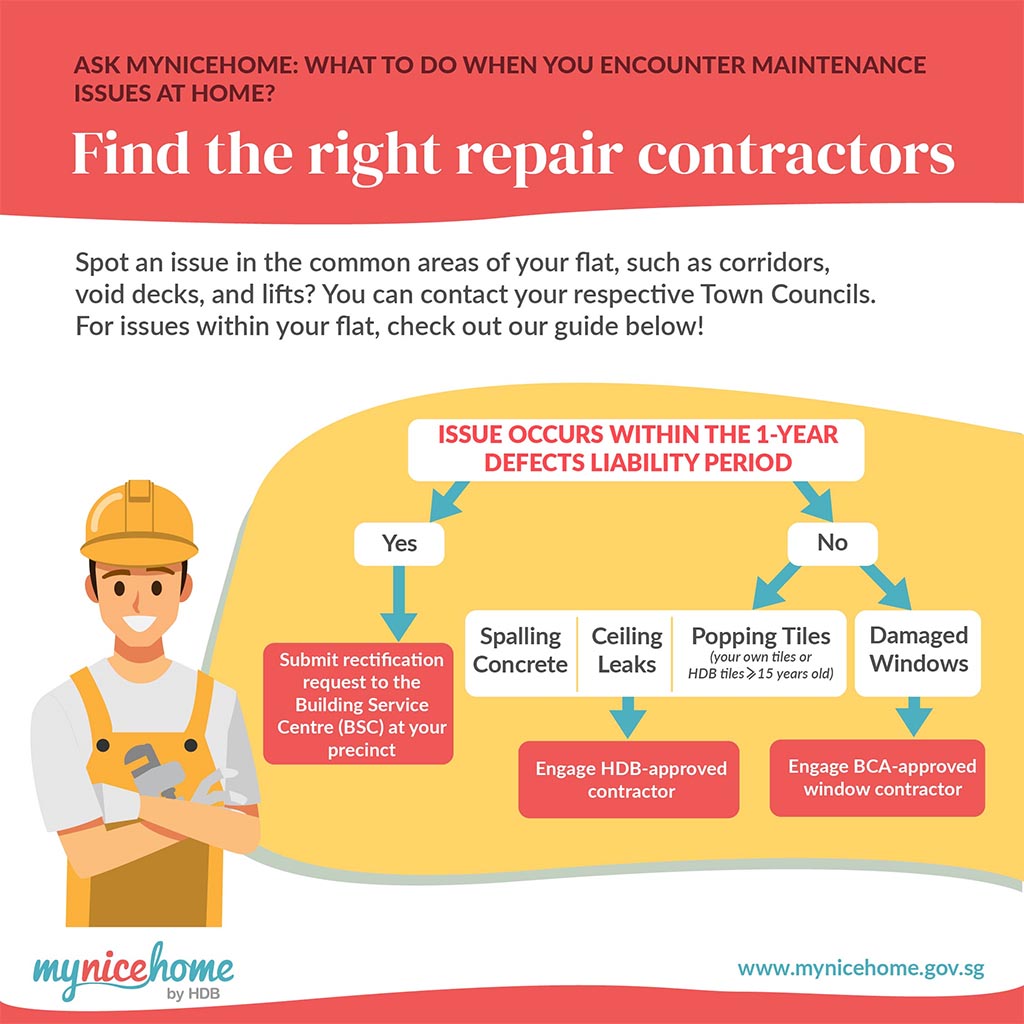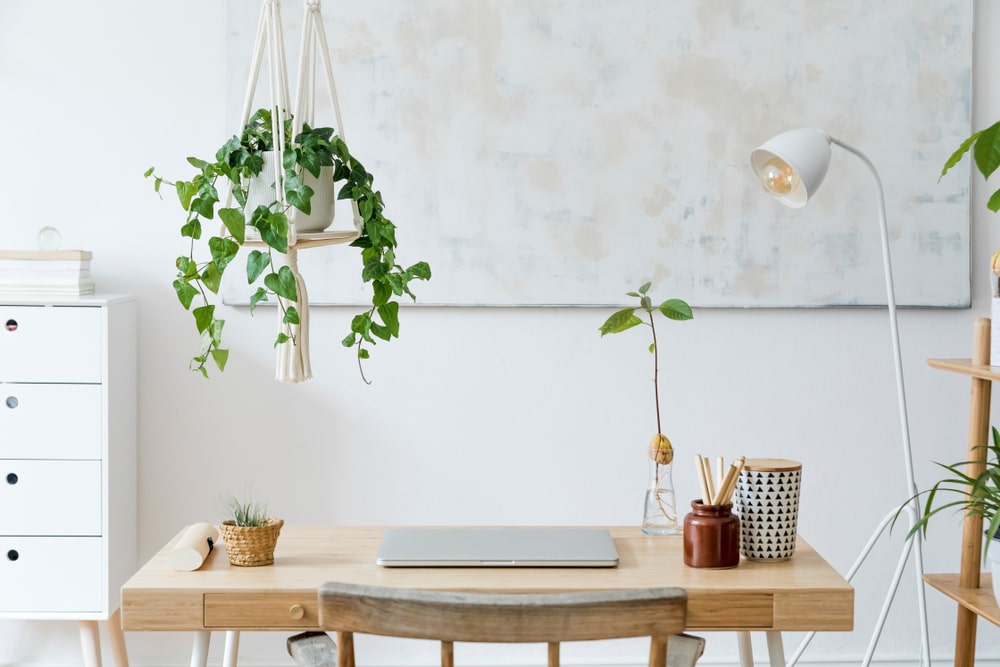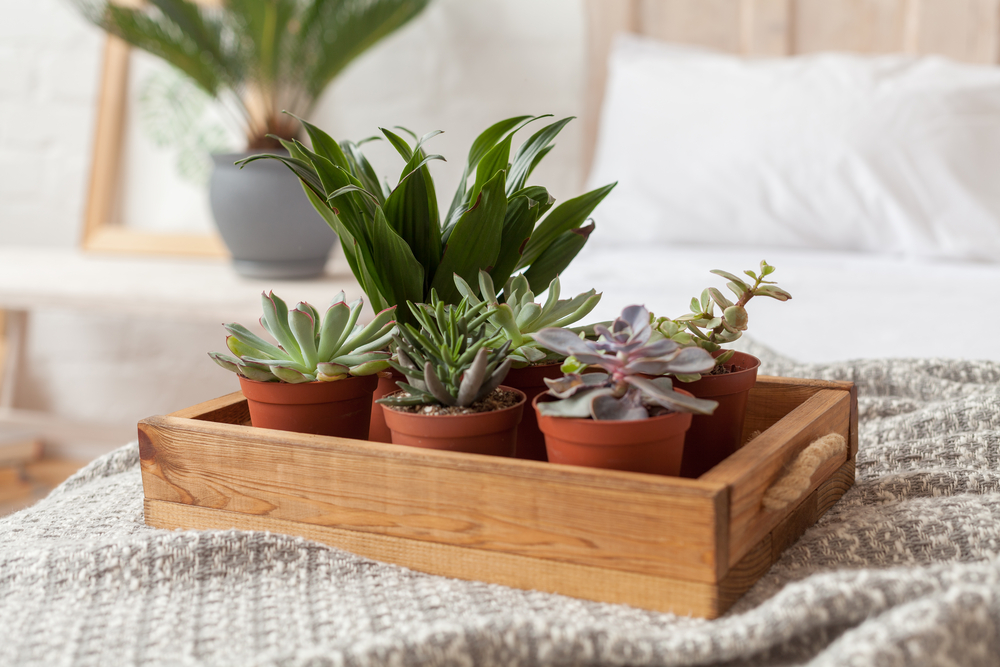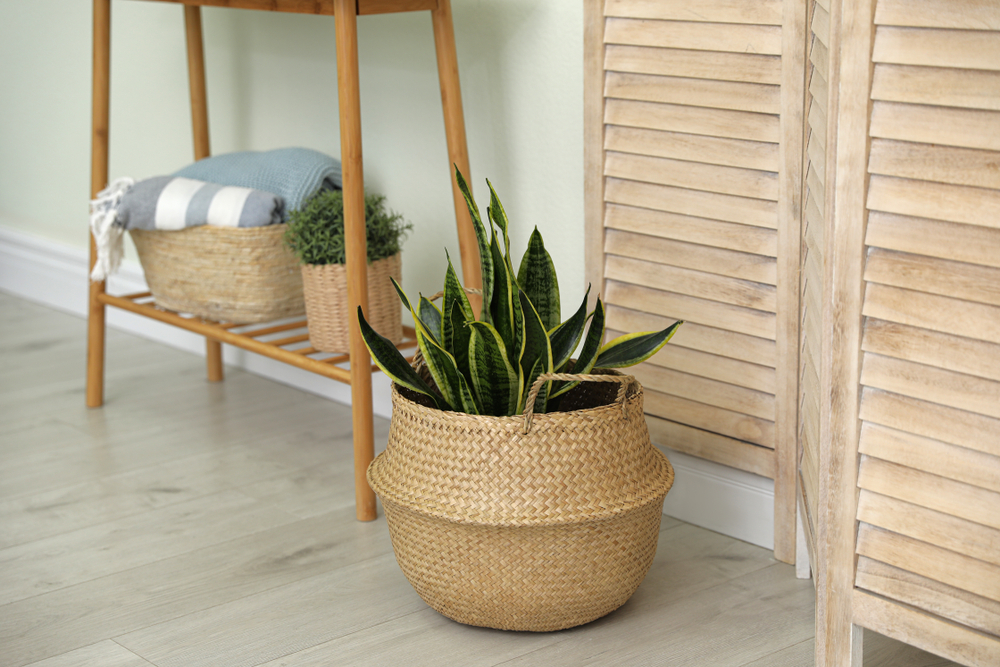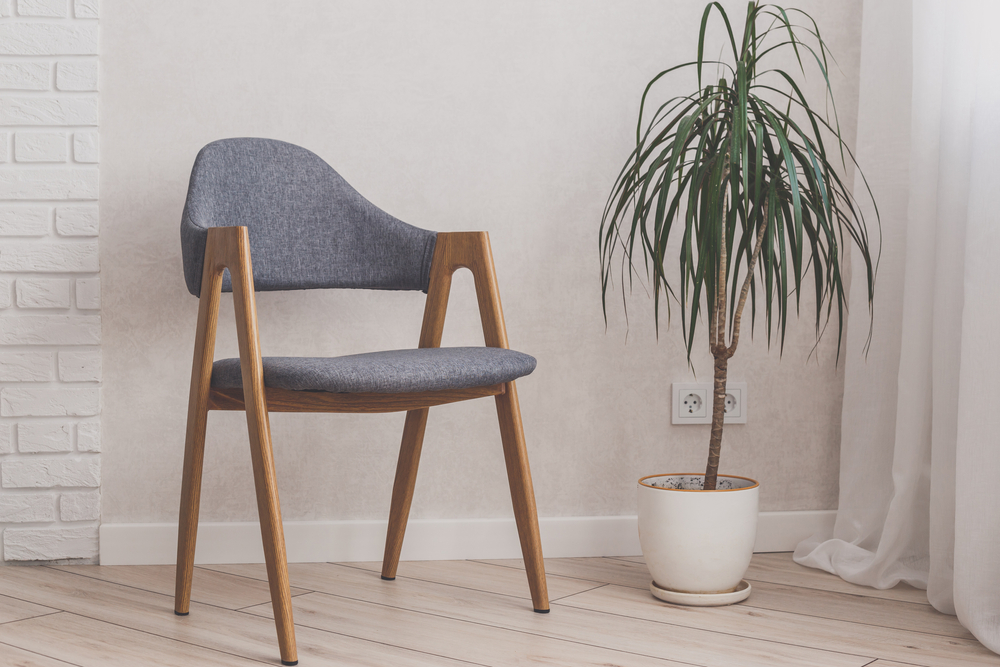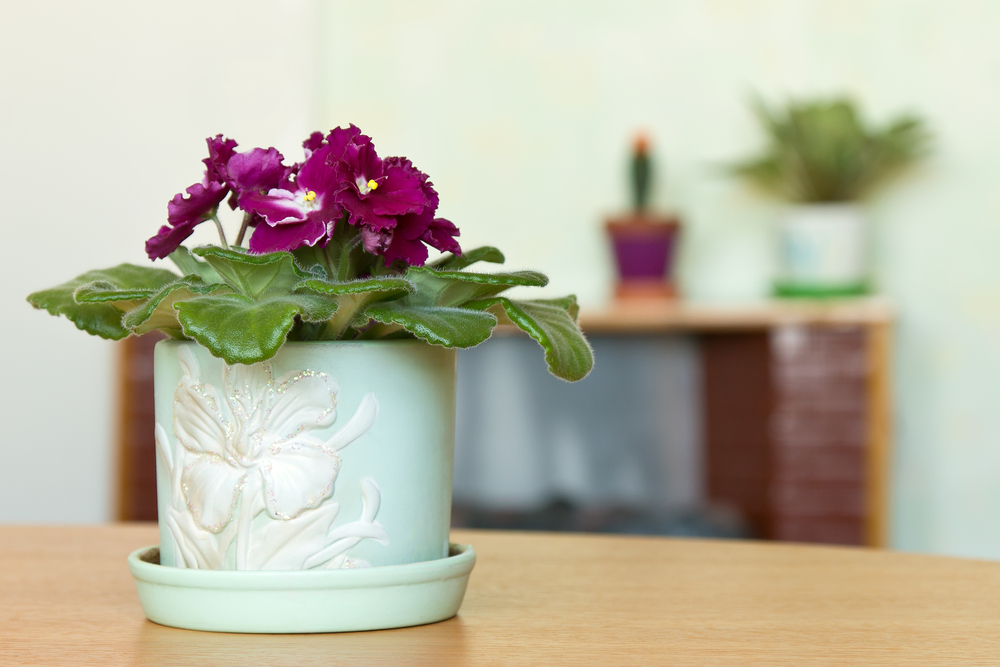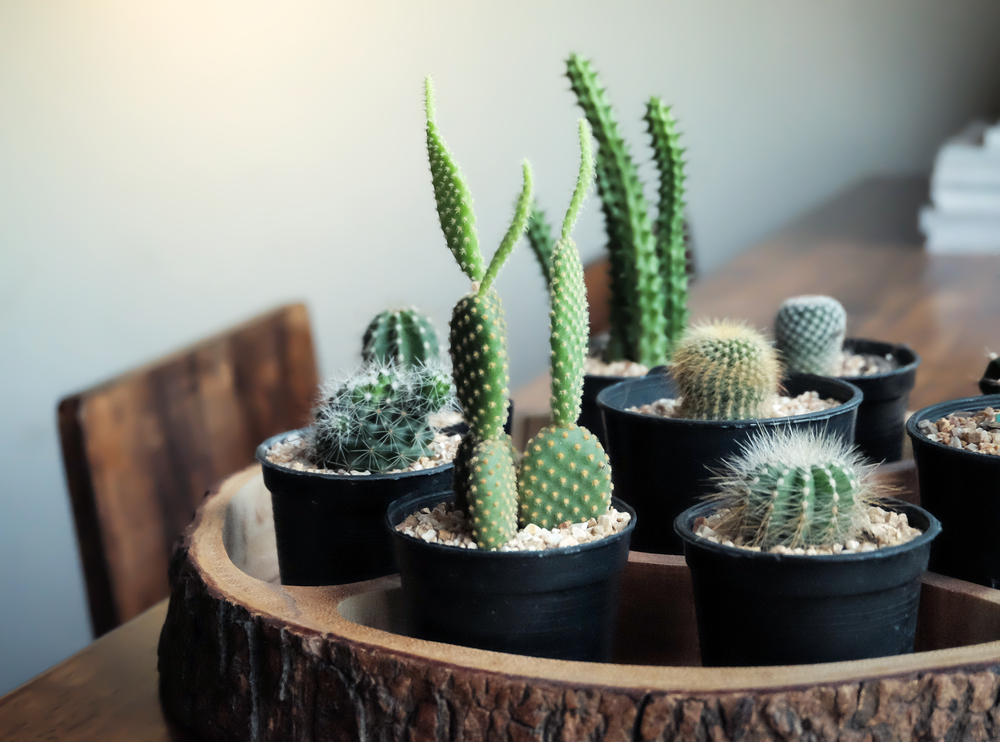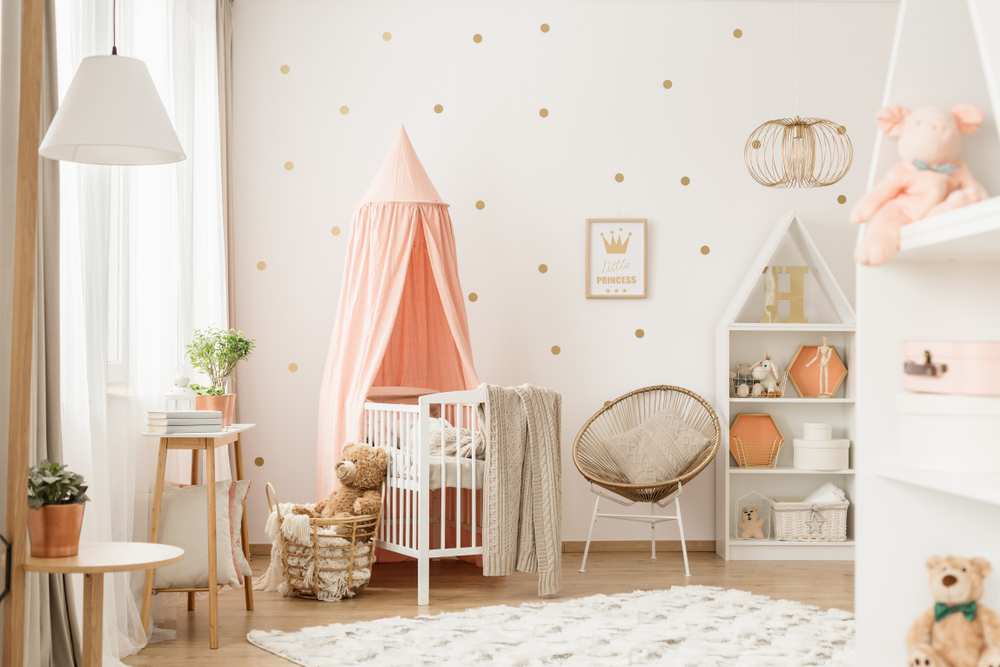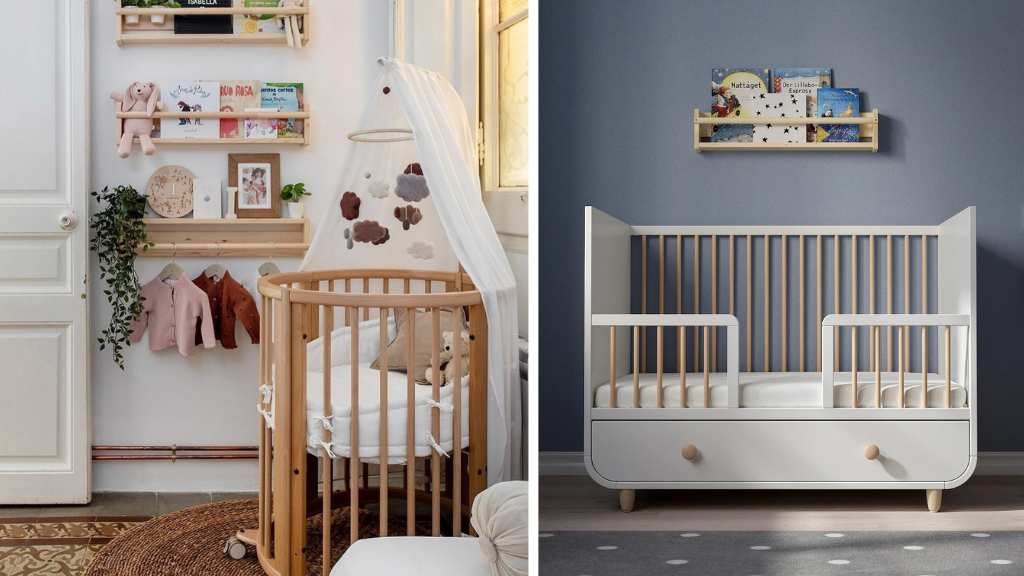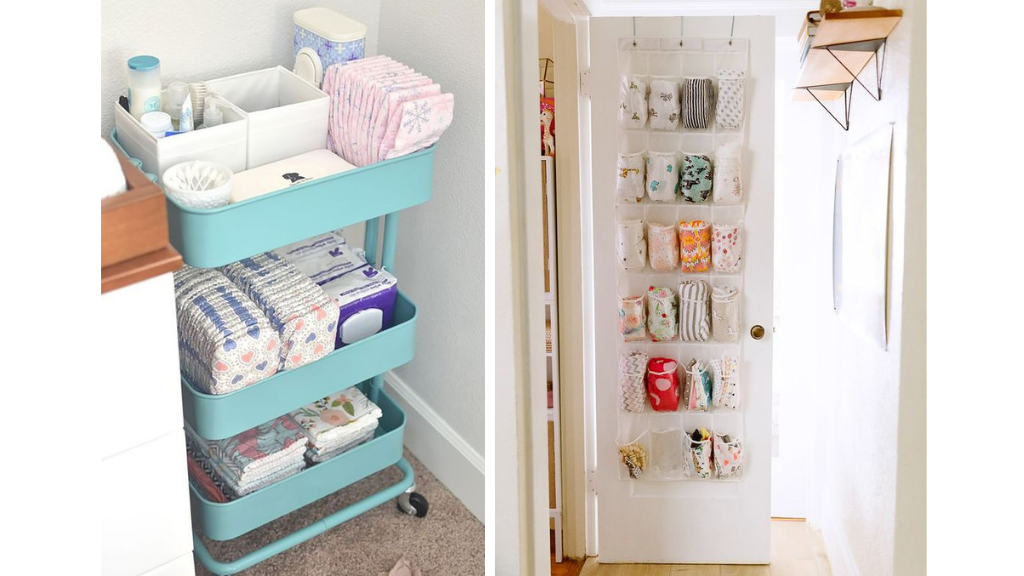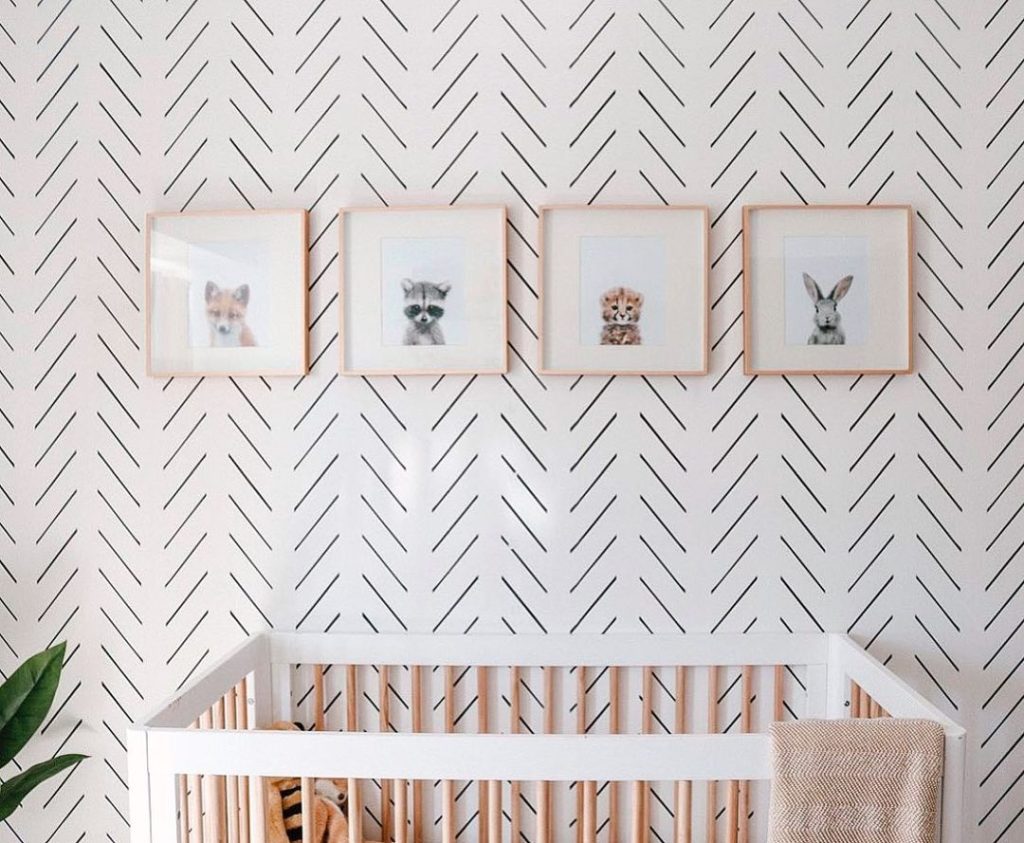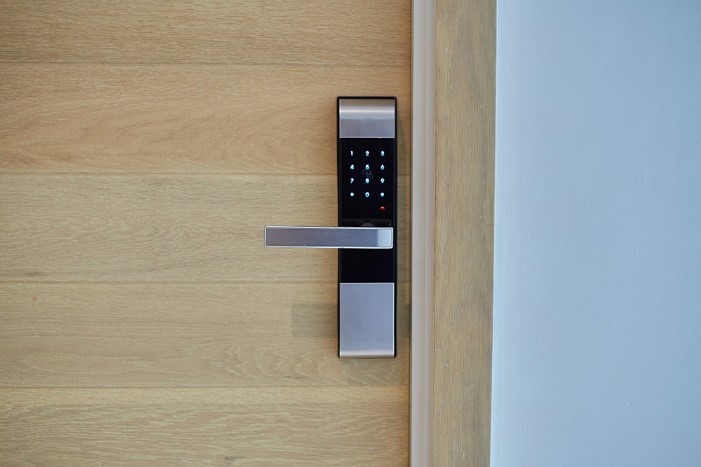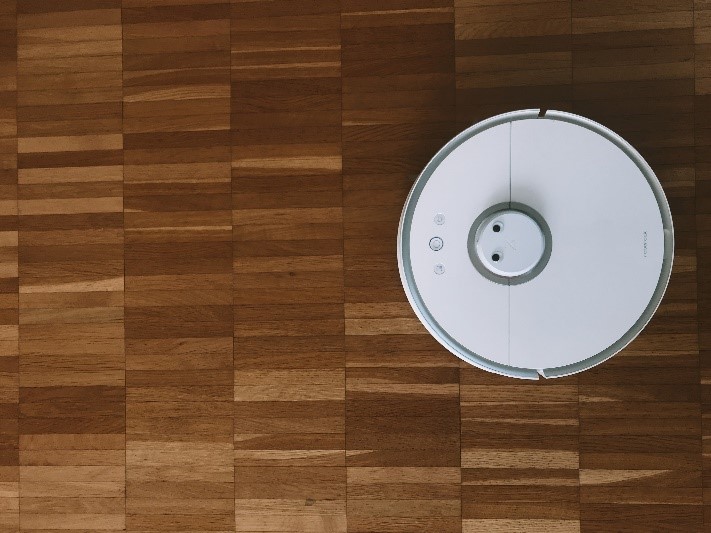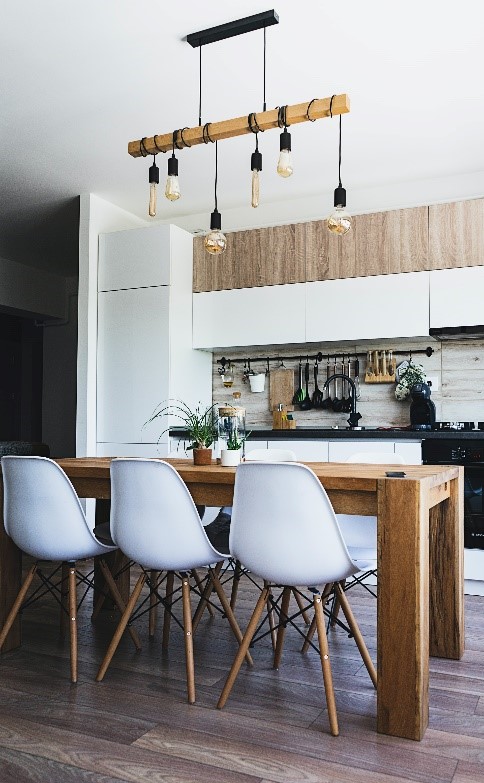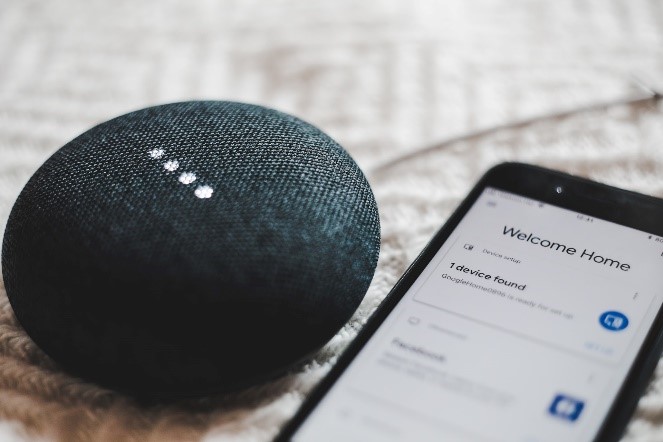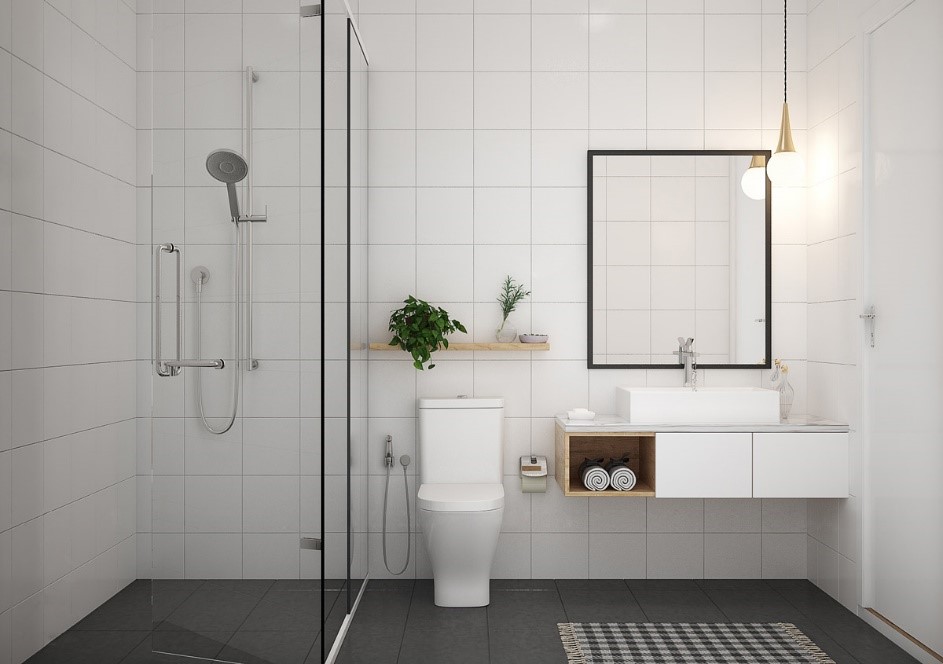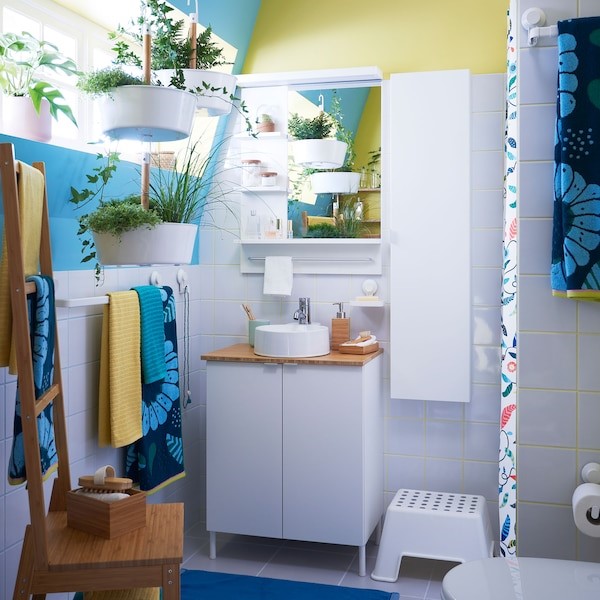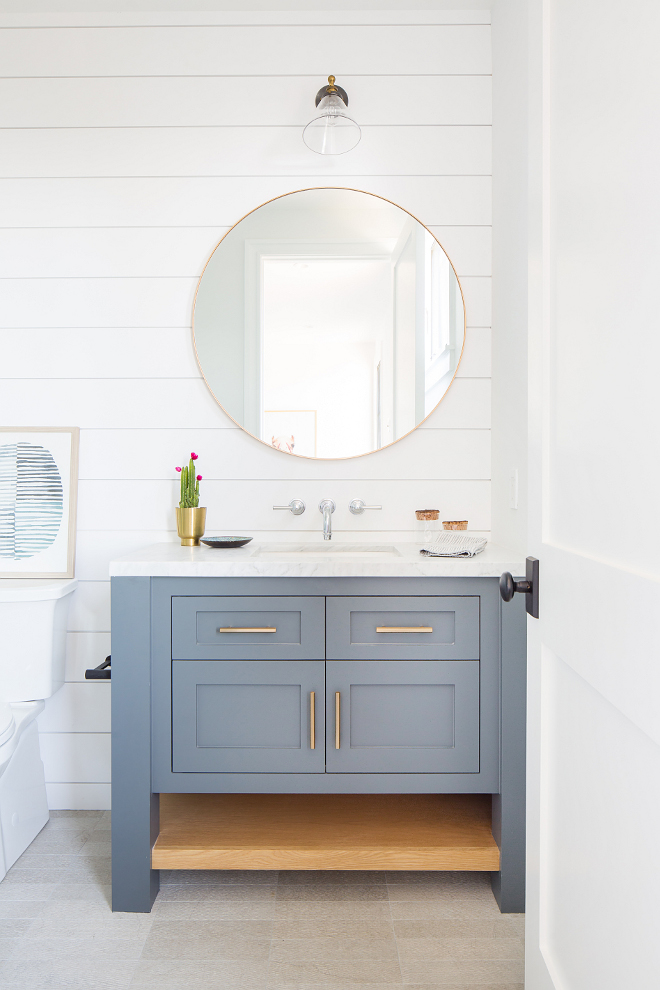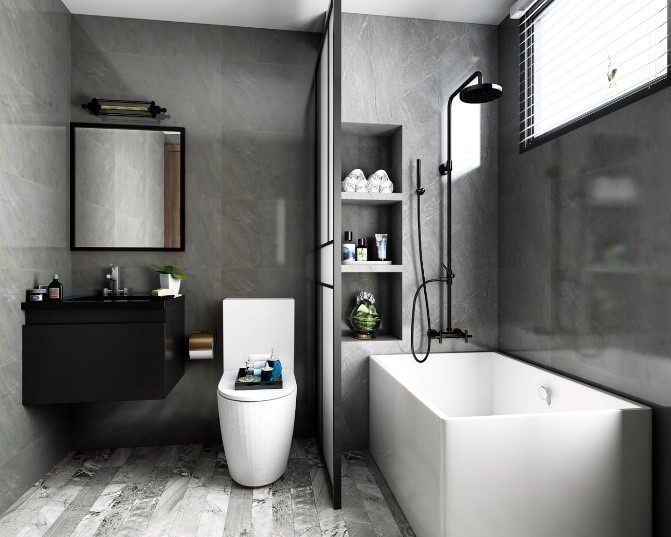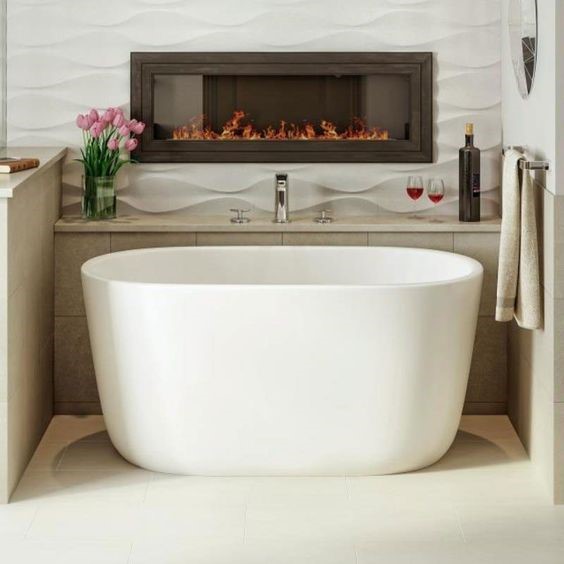A Guide to the Features of Your New HDB BTO Flat
A Guide to the Features of Your New HDB BTO Flat
Congratulations on collecting the keys to your new home! As you move into your HDB flat, you may have some questions about its features and how to maintain them. Get the answers in this guide!
Drywalls

The internal partition walls in your home are built of drywall system (Severe Duty grade) and are filled with sound insulation material for good sound-proofing. Watch the video below to learn more.
A set of sample anchors, ranging from light to heavy duty, has been placed in your Household Shelter. You can use them for mounting fixtures such as wall cabinets and television sets. When selecting locations for installing anchors, please avoid areas with concealed electrical wiring.
To remove stains on drywalls, use a slightly damp cloth and a small amount of mild detergent. Avoid using too much water and wipe up excess moisture or soap along the way, to avoid damaging the drywall. Remember to ventilate your rooms to dry the walls and floor after cleaning!
Download your copy of the drywall user guide here.
Flooring and Skirting
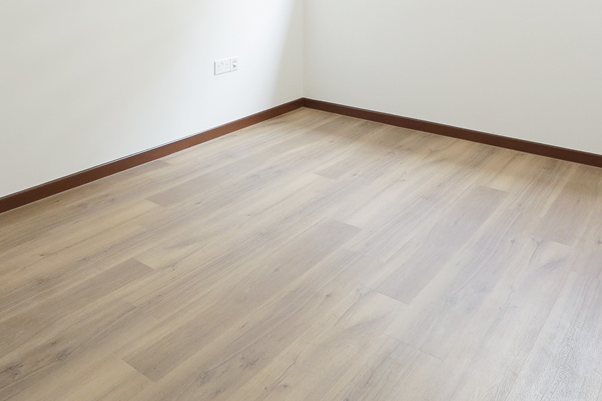
Timber or vinyl flooring requires minimal maintenance – keep your floors clean with a simple sweep, or a slightly damp mop. Remember to avoid using too much water!
To protect your floors from scratches, consider attaching felt pads to the base of your furniture legs. Also, take extra care especially when moving things around — lift, and not drag, your furniture.
Tiles
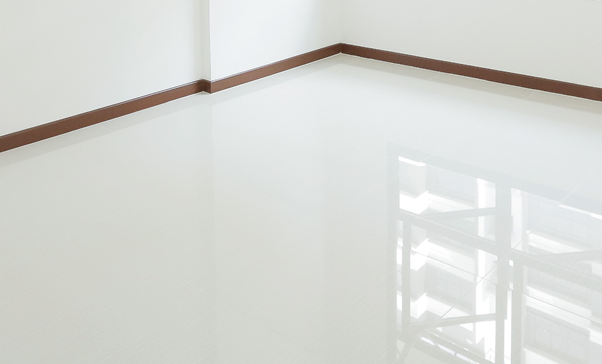
Likewise, tile flooring is easy to maintain and requires minimal cleaning. Gaps in between tiles in your flat are filled with tile grout. This is to allow for slight movement of the tiles when there are changes in temperature, and also to help accommodate slight variations in tile sizes which can occur during tile production.
Doors
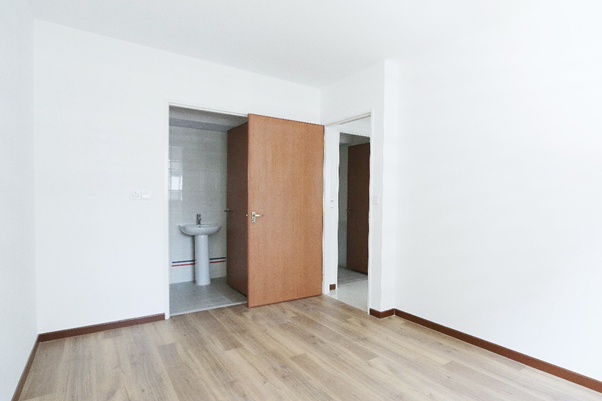
Timber doors can last a long time if you keep them dry. Some maintenance tips to follow include installing a shower screen in your bathroom to prevent your timber door from getting wet and keeping your rooms well-ventilated.
To protect the timber door from damage during renovation, you can request your renovation contractor to cover your doors and handles with corrugated cardboard or bubble wrap before works begin.
Clothes Drying Rack
It is easy to operate the clothes drying rack in your kitchen or service yard. You can lower the rack in 2 steps:
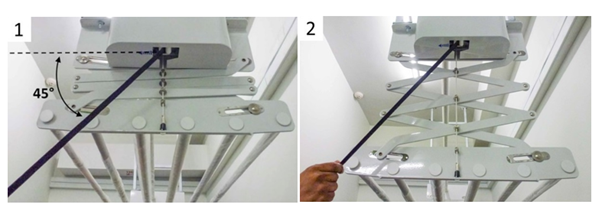
- Unlock the rack by pulling the strap at a 45° angle, in the direction of the arrow indicated on the rack
- Slowly release it to lower the rack.
Still unsure? Scan the QR code in your flat to view the instructional video, or request for assistance at the Building Service Centre.
Window Restrictor for Top Hung Windows
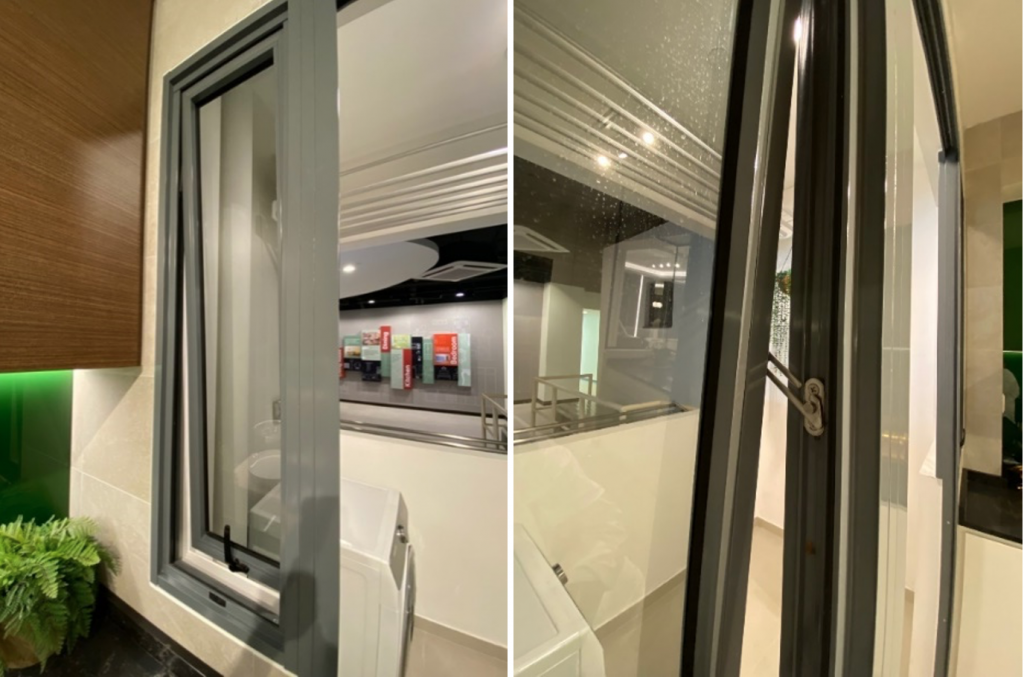
A window restrictor is installed at the top hung window between your kitchen and service yard. The window restrictor limits the swing of the window and helps prevent accidental knocks.
If you prefer a bigger window opening, you can simply detach or disengage the windows restrictor by following these steps:
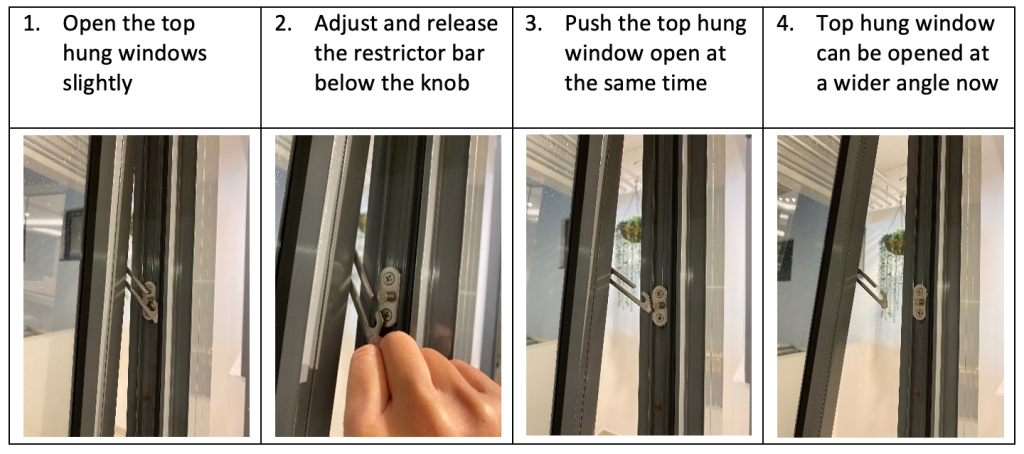
Home Fire Alarm Device (HFAD)
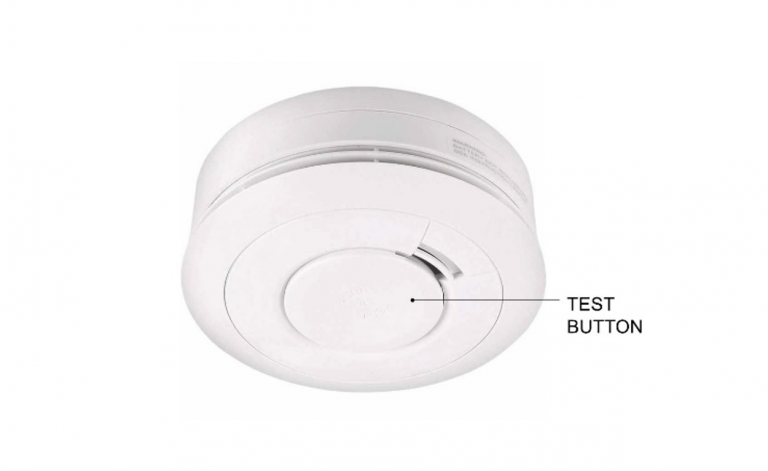
Noticed this device in your flat? This is a Home Fire Alarm Device (HFAD) – an automatic smoke detector installed on the ceiling that triggers an alarm when smoke is detected.
You can test whether the HFAD is in working condition, by pressing the Test/Reset button located on the front face of the device. A light will blink and an alarm will sound to indicate that the HFAD is working. To reset the device, press the Test/Reset button until the alarm stops.
During renovation, you should place a temporary cover such as a plastic sheet over the HFAD to prevent dust getting into it. Remember to remove the temporary cover after renovation.
To learn more about the HFAD, read the instruction manual in your flat, or refer to the Singapore Civil Defence Force (SCDF) website at www.scdf.gov.sg/HFAD.
Dual-Flush Low Capacity Water Closet (WC) Suite
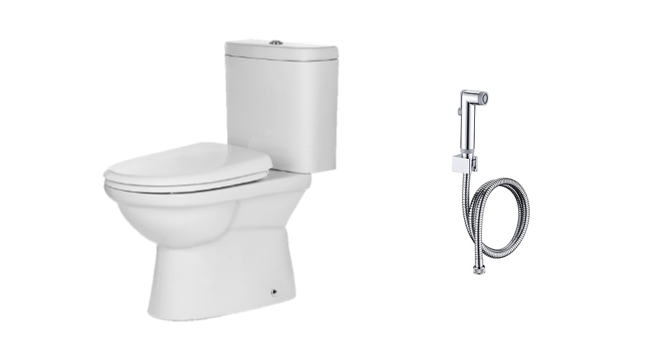
As part of our national water conservation efforts, HDB has installed water efficient WCs in your flat which use less water during each flush. This will help you to conserve water and lower your water bill. The flushing effectiveness and volume have been tested in accordance with PUB’s standards and requirements.
However, if you prefer to have a stronger flush, you may choose to supplement the flushing by installing a hand-held bidet spray at the side of the WC and use it to aid your cleaning of the toilet bowl.
We hope you learnt more about the features in your new flat – make sure to follow MyNiceHome on Facebook and Instagram for design inspiration and ideas for your new home!
To help you settle into your new home, do read our other guides on Renovating Your HDB Flat and Creating a Friendlier and Livelier Neighbourhood.
Source: mynicehome.gov.sg










